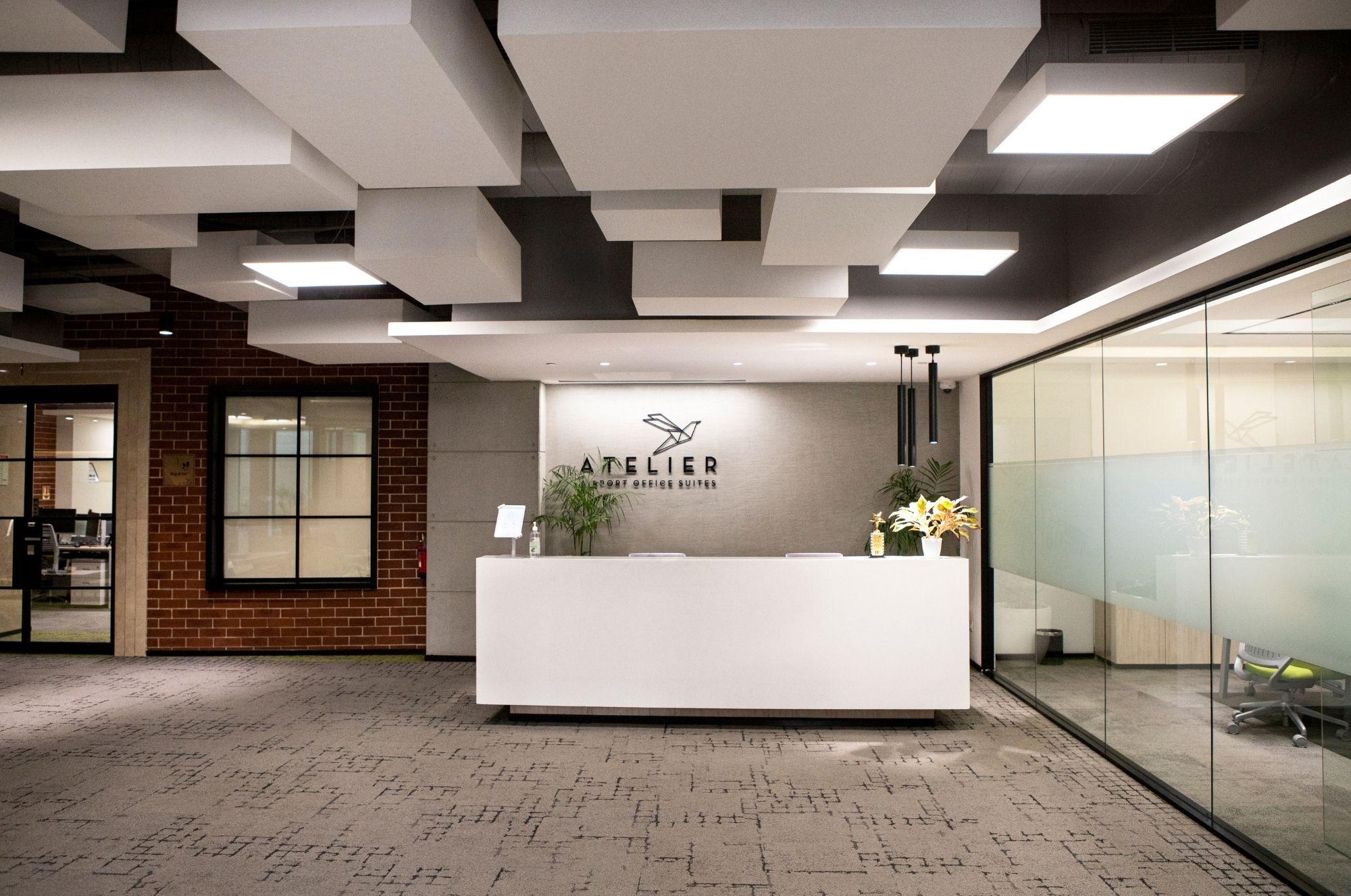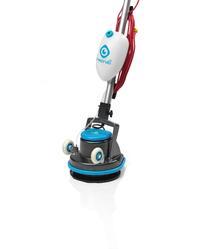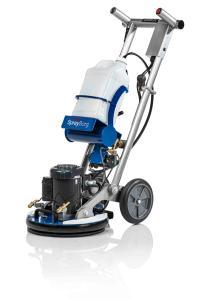You are reading: How To Clean Carpet: The Encapsulation Method
11 February 2022
5min read time
Brooke Payne
How To Clean Carpet: The Encapsulation Method
Share:

There are 4 basic steps to cleaning carpet with the encapsulation method:
- Pre-vacuum
- Choose agitation method
- Apply solution & agitate
- Post-vacuum
Encapsulation cleaning is an interim carpet cleaning method that involves working a crystallizing cleaning solution into the carpet. It helps the carpet to dry quicker and is much more cost-effective than steam cleaning.
We’ve produced an easy guide to explain how to clean your carpet with the encapsulation method. Alternatively, you can watch the following video:
What is encapsulation cleaning?
The encapsulation method (or encap) of cleaning carpet involves using a specific encapsulating cleaning solution that contains a crystallizing agent. The encapsulation chemical is applied to the carpet with a pump sprayer or through the tank of a carpet agitation machine, using a pad or brush to agitate the solution into the carpet fibres.
The agitation breaks the soiling off the carpet fibres and encapsulates (hence the encapsulation method name) it in a non-sticky crystal when it dries. This non sticky crystal can then easily be extracted with a vacuum, removing the dirt from the carpet.
Encapsulation cleaning is typically used as an interim carpet cleaning method, especially in commercial settings across Australia and New Zealand, as it is much faster and therefore lower cost than wet extraction (also known as steam cleaning). Another major benefit of encapsulation cleaning in Australia is that it uses less moisture than extraction cleaning, so carpet can be put back into use faster.
Step 1: Pre-vacuum
It’s important to thoroughly vacuum the carpet before cleaning, preferably with a commercial grade powerhead upright vacuum. These are sometimes called a “beater brush” vacuum.
Pre-vacuuming with a powerhead vacuum agitates the fibres and removes as much soil as possible before applying the encapsulation solution. A powerhead vacuum will remove substantially more soil than a conventional vacuum that relies solely on airflow for soil removal.
Step 2: Choose agitation method
Should you use a carpet brush, a fibre pad or a carpet bonnet on a scrubber to agitate encapsulation chemical into the carpet?
While there’s not necessarily a right or wrong, each of these options have their strong points in different applications.
For the majority of applications where cleaning mildly soiled carpets, microfibre bonnets are a good all-rounder as they have the best soil absorption. Some bonnets such as the microfibre pads for the i-scrub 30 also have polypropylene scrubbing strips which help agitate the soiling off carpet fibres.
If it’s a heavily soiled carpet you’ll achieve a better outcome using a two step agitation process. You would begin with a fibre pad or brush for high agitation without removing any encap solution from the carpet, and then run over it again with a microfiber bonnet, applying additional solution where required. This second pass with the bonnet will help to absorb some of the heavy soiling.
The downside with microfiber bonnets is they need to be laundered after use, whereas as fibre pads do not absorb solution, a simple rinse under a tap or hose is sufficient to have them ready for re-use.
Step 3: Solution application & agitation
Mix your chosen encapsulation solution with water as per the chemical manufacturers instructions and fill the solution tank of the i-scrub 30E .
Note: If you were cleaning a very large area you may choose to use a pump-up or battery powered sprayer to apply the solution to the carpet. This will be faster than using the tank on the i-scrub 30 to apply the solution. If doing this however, it is still useful to have mixed encapsulation in the tank of the i-scrub 30 scrubber, as you can use this to apply extra solution to heavily soiled areas or for spot cleaning as you agitate.
Lower the deck of the machine, switch on the i-scrub 30E and work from side to side overlapping and releasing solution as you go to ensure a consistent look and clean.
It’s important to keep your pad wet. When agitating in encapsulation solution, you should be leaving a light milky look to the carpet as you go. This is a simple indicator to know if you’re putting down enough solution.
It's virtually impossible to apply too much encapsulation chemical to the carpet as any chemical will dry to a non-sticky crystal and be removed by subsequent dry vacuuming. However, be careful on wool carpets not to over-wet the carpet as this can cause cellulosic browing.
For quick and efficient encapsulation cleaning of upholstery, we recommend the i-scrub 21 small battery powered scrubber. This handheld unit is perfect for rapid agitation of encapsulation into lounges and chairs.
After completing the encapsulation agitation process you should see some immediate improvements in the appearance of the carpet.

Step 4: Post vacuum
After the carpet has fully dried, give it a thorough vacuum to remove the soil that has been encapsulated and crystallised.
For best results you should use a powerhead vacuum for the post-vacuum process. If this is not possible, it’s not the end of the world. Subsequent foot traffic will continue to break up the crystals and they can be removed with ongoing maintenance vacuuming.
Read more on choosing the best floor cleaning machine: rotowash vs Orbot.
Get in touch
Don’t hesitate to get in touch with us , if there is any other questions around this topic that we may be able to help with! You can also book a demo of any of our products.
Common Questions Answered
Products Featured Inside this Article
Media and Insights
Join the movement that's changing what clean means.
Be part of a cleaner world. Get a live demo at a time that suits you.
Book a Demo

